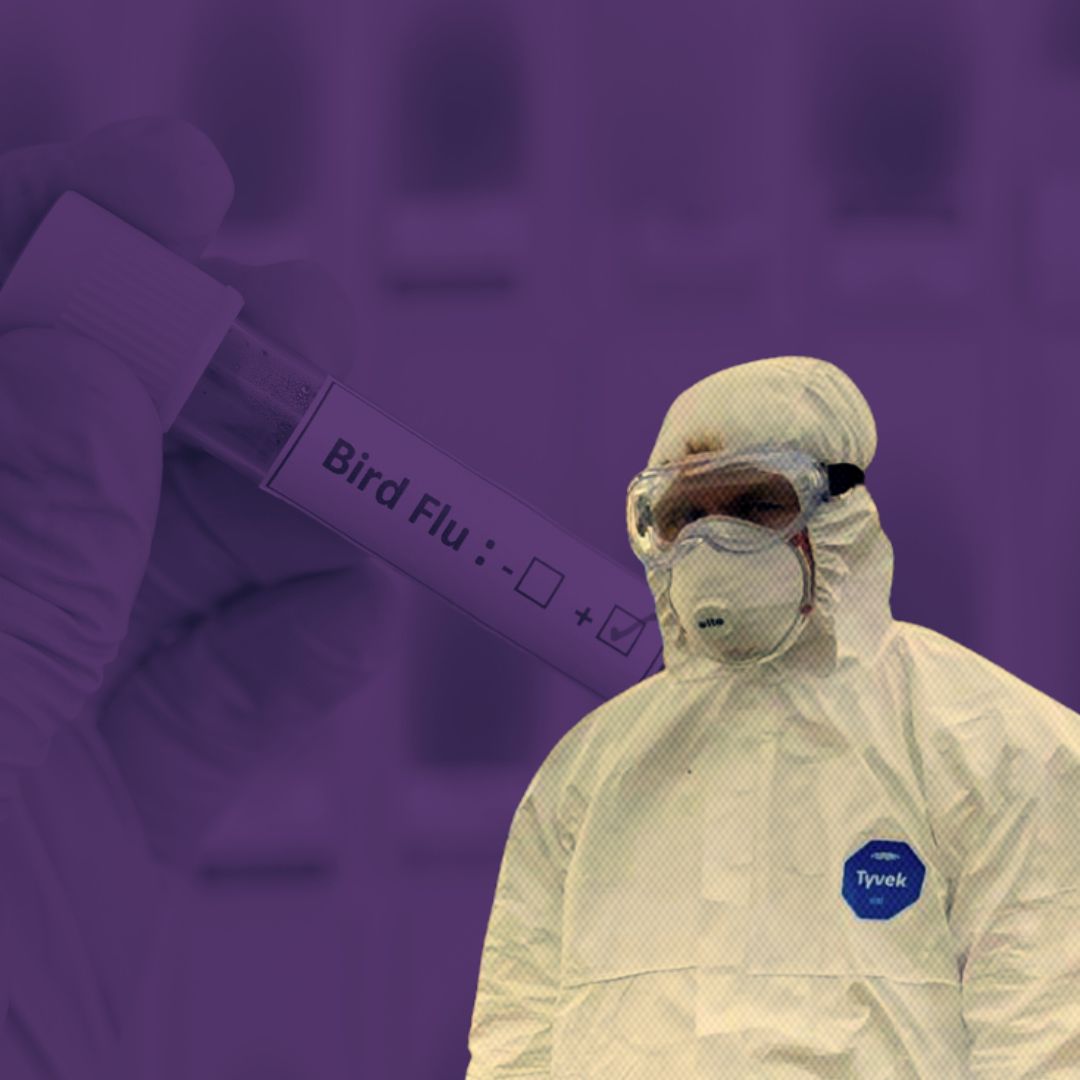US health authorities are on high alert as the H5N1 avian flu virus rapidly propagates through dairy farms across all 50 US states, with over 995 dairy herds and more than 1,650 poultry flocks affected since March 2024. The outbreak has led to at least 70 human infections-primarily among farmworkers-and at least one confirmed death.
Officials warn that the virus’s ability to infect both animals and humans, combined with recent genetic changes, increases the risk of mutations that could enable human-to-human transmission.
The Centers for Disease Control and Prevention (CDC) currently assesses the risk to the general public as low but urges enhanced surveillance and precautionary measures, especially for those in close contact with livestock.
Unprecedented Multi-Species Outbreak and Human Impact
The current H5N1 outbreak is unprecedented in its scale and scope, affecting not only poultry but also dairy cattle, domestic cats, and even alpacas. Human cases have been reported in 13 states and Canada, with symptoms ranging from mild conjunctivitis to severe respiratory distress.
Farmworkers, veterinarians, and others in close contact with infected animals are at highest risk. The Global Virus Network (GVN) has called for standardised testing, vaccination strategies for animals and at-risk workers, and enhanced surveillance to contain the spread.
Dr Sten H Vermund of the GVN stated, “Understanding the current landscape of H5N1 infections is critical for effective prevention and response.” The US government has allocated nearly $200 million to support containment efforts, including testing, culling, and monitoring of milk supplies to ensure food safety.
Rising Concerns Over Mutation and Global Preparedness
H5N1 avian influenza has been circulating globally for decades, but the current outbreak is notable for its rapid transmission among mammals and the emergence of human cases with no known direct animal contact. This cross-species transmission raises fears that the virus could mutate further, potentially enabling sustained human-to-human transmission-a key risk factor for a global pandemic.
The virus has also been detected in raw milk from infected cows, with cats and other animals falling seriously ill after exposure. International health agencies and governments are closely monitoring the situation and have begun stockpiling pandemic flu vaccines.
The European Commission, for example, has secured millions of doses as part of preparedness efforts. Experts stress the need for global cooperation, transparency in data sharing, and proactive public health measures to prevent a wider crisis.
The Logical Indian’s Perspective
At The Logical Indian, we believe the H5N1 outbreak is a stark reminder of the interconnectedness of human, animal, and environmental health. While the immediate risk to the general public may be low, complacency is not an option.
This situation calls for empathy, solidarity, and collective action-prioritising the safety of vulnerable communities, supporting frontline workers, and fostering open, science-based dialogue. As we navigate this evolving threat, how can we, as a global community, better prepare for and respond to emerging health threats while promoting peace, harmony, and coexistence across species and borders?
How can we ensure that the voices of those most affected are heard and that our response is rooted in kindness and understanding? We invite our readers to share their thoughts and join the conversation for a safer, healthier future.












